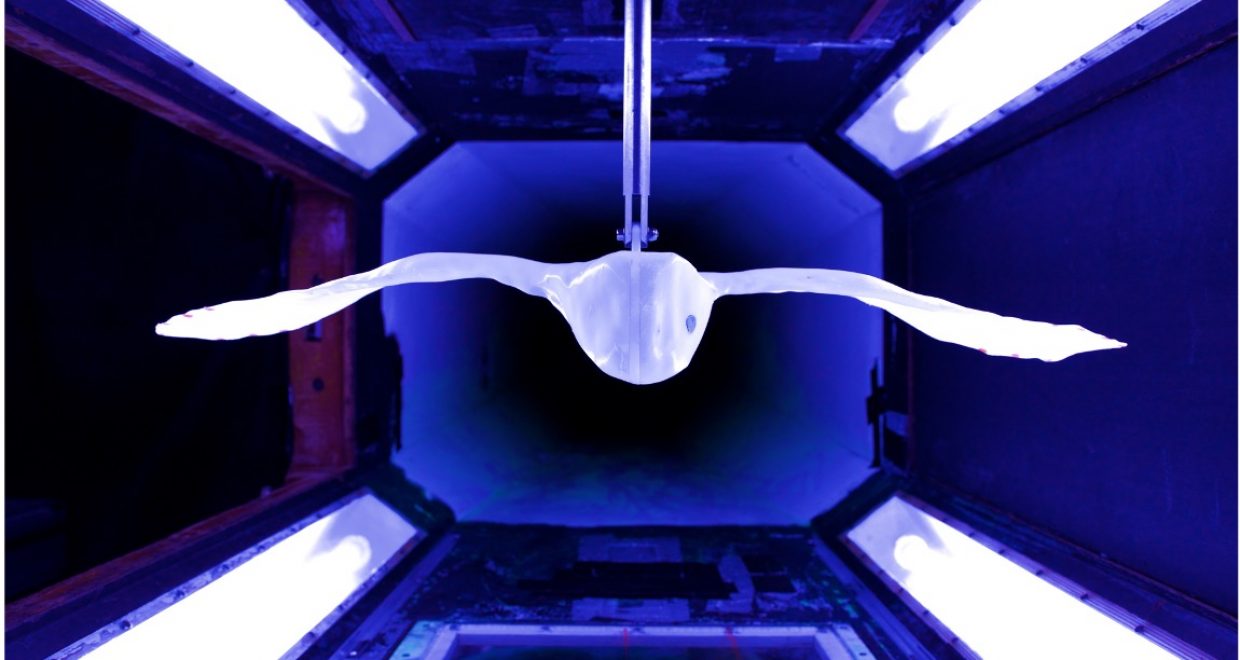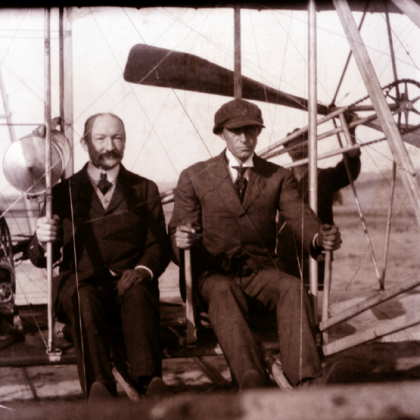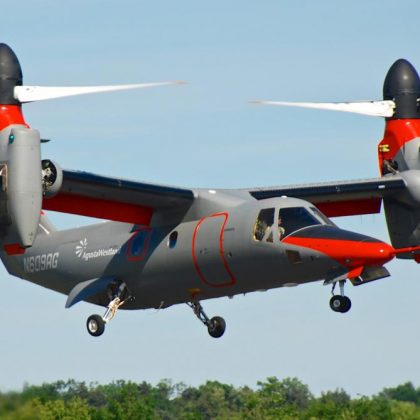Editorial for Bristol 75 Anniversary Issue
The Aeronautical Journal September 2022 Vol 126 No 1303
75th Anniversary of Aerospace Engineering at Bristol University article collection is available to read online
This online collection commemorates 75 years of aerospace engineering teaching and research at the University of Bristol. However, interactions with the aircraft industry started long before the Department was formed in 1946 , for instance when in 1918 the University began teaching a class in Aircraft Manufacturing . An early graduate of University of Bristol Engineering was Leslie Frise, who was hired by the Bristol Aeroplane Company to assist Chief Designer Frank Barnwell. Among accomplishments in his career, Frise designed the Type 156 Bristol Beaufighter, the Bristol Fighter in 1916 and the Bulldog in 1927. His most lasting contribution was the invention of the Frise Aileron, popular on many older aircraft, such as the Piper Cub, a major pre-WWII trainer in the USA. Frise took over as Chief Designer from Barnwell in 1936 and then became Chief Engineer after Barnwell’s death. Another significant graduate from the pre-department years was Archibald Russell. He was appointed Chief Designer of Bristol Aeroplane Company in 1946, becoming a leading structures expert and, eventually, Managing Director and then Chairman at British Aircraft Corporation Filton.

In June 1945, at the end of the second world war, the Bristol Aeroplane Company offered to fund a Chair in Aeronautical Engineering at the University. Sir Alfred Pugsley, who had been the distinguished Head of Structural Engineering at the Royal Aircraft Establishment (RAE) Farnborough had just taken up the chair of Civil Engineering at Bristol. He persuaded Roderick Collar, a mathematician and engineer with whom he had worked closely with at the RAE during the war, to apply and he was appointed as the first holder of the Sir George White Chair2. The first six undergraduates arrived in October 1946 and graduated in 1948.
Fast forwarding to the present day, the Aerospace Engineering Department has grown to around 650 undergraduates, 250 PhD students and 40 MSc students, 60 post-doctoral researchers and 50 academic staff. It is one of the leading worldwide providers of aerospace engineering university education combined with blue sky and applied research, with excellent experimental facilities complementing computational modelling expertise. The most notable areas of research expertise are in aerodynamics, aeroacoustics, aeroelasticity, composites, dynamics, flight mechanics and flight sciences.

This special online edition contains a series of papers published during the past year in The Aeronautical Journal by members of the Department of Aerospace Engineering, and also a selection of papers taken from the 75 years since its formation.
Since the earliest days of the department, aerodynamics has always been a key strength, with work focussing upon improving the computational modelling of critical aerodynamic phenomena. The recent paper A Frequency Domain Approach for Reduced Order Transonic Modelling describes an efficient method for the construction of an approximately balanced aerodynamic reduced order model (ROM) via the frequency domain using computational fluid dynamics data. The ROMs produced with this approach, using a small number of frequency simulations, are demonstrated using the system response for inviscid flow about an NLR7301 aerofoil and the FFAST wing, and viscous flow about the NASA Common Research Model. It is shown how the resulting models agree very well with time domain computations but with a significantly reduced computational effort.
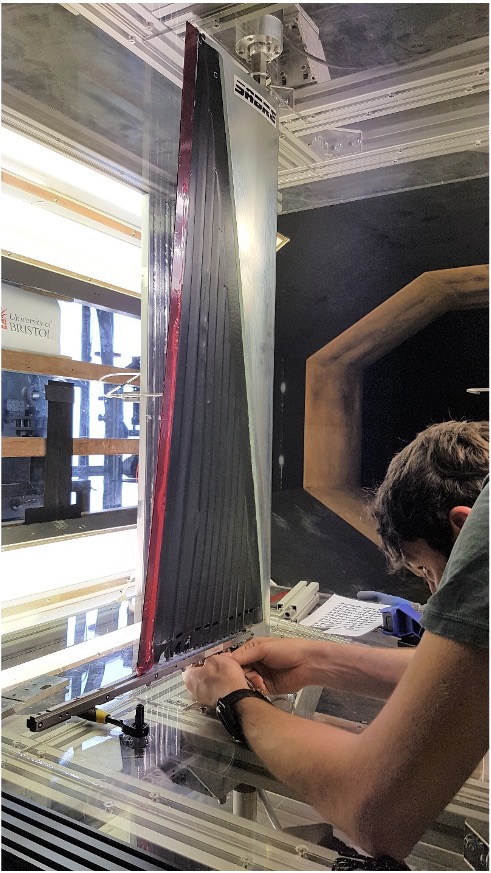
Other papers focussed upon aerodynamics include studies on a 2D space time method for unsteady flows including geometric and topological changes, compressible laminar boundary layers, the development of a cell-vertex upwind scheme for two-dimensional supersonic Euler flows, the modelling of the vortex lift of rotating samara seeds, and the use of pulse responses for the system reduction of 2D unsteady flows generated using CFD.
The founder of the Department, Prof A R Collar, had a renowned expertise in aeroelasticity and developed the well-known ‘aeroelastic triangle’. Several of his papers outline developments in the field, including the George Taylor Gold Medal paper in 1947 and the second Lanchester Lecture. A focus on aeroelasticity has continued to be a constant theme throughout the past 75 years, for instance, Simpson described an approach for flutter calculations on a desktop computer (using no more than 512k of memory). More recently, RAeS written paper prizes were awarded for work describing the benefits, in terms of improved flight performance, of using floating folding wing-tips for gust loads alleviation and the development of aeroservoelastic designs for composite wings.
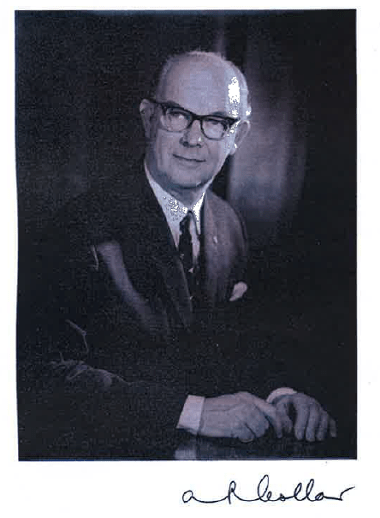
Aero-acoustics continues to be an important topic and there has been much recent investment in acoustic wind tunnels at Bristol. Martin Lowson, a former head of department and Sir George White Chair holder, was award the Busk prize for a paper describing progress towards the development of quieter civil helicopters. A recent paper by Branch et al describes experimental studies measuring unsteady motions and noise from flows around a NACA 16-61 aerofoil.
Aerospace composite structures are another area of significant effort in the Department through the Bristol Composites Institute which has strong links with the National Composites Centre. The paper by Thill et al on morphing skins continues to be the most cited paper in The Aeronautical Journal whilst another by Potter et al describes innovative approaches for the manufacture and design of composite structures. Recently, a number of structural model reduction methods have been compared using the test case of a wing-box undergoing large deformations.
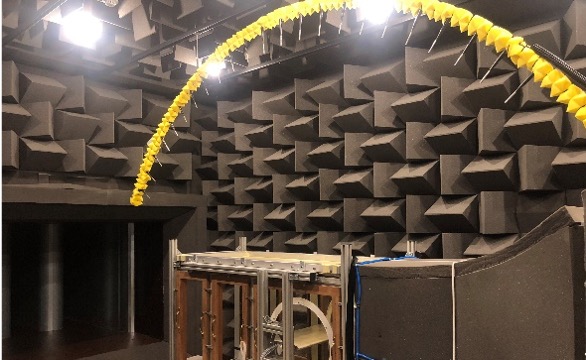
The final group of papers included in this collection include the development of dynamic gain scheduled control for a Hawk scale model using a pendulum support wind tunnel test rig, the control of UAV perched landings and the measurement of landing gear ground manoeuvre statistics using broadcast transponder data (awarded the Young Persons Written paper prize 2021).
www.aerosociety.com | National Aerospace Library catalogue & e-books
The Royal Aeronautical Society is the world’s only professional body dedicated to the entire aerospace community. Established in 1866 to further the art, science and engineering of aeronautics, the Society has been at the forefront of developments ever since.
Book reviews covering academic, scientific and technical books covering aeronautical engineering and topics relating to it can be found here. www.aerosociety.com/news-expertise/national-aerospace-library/book-reviews
